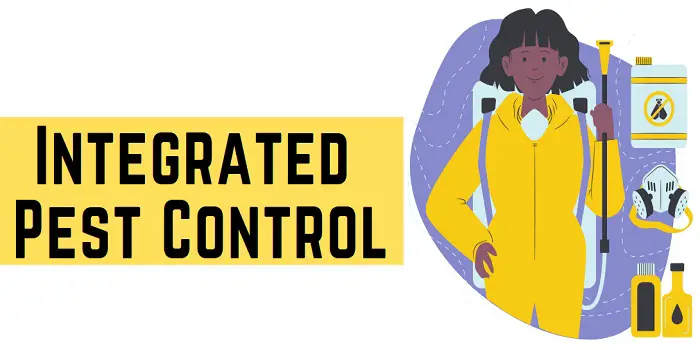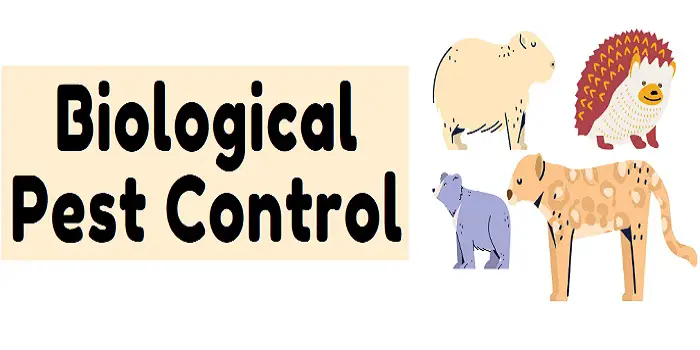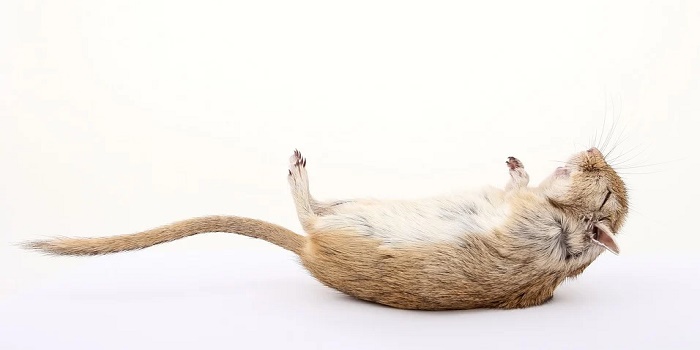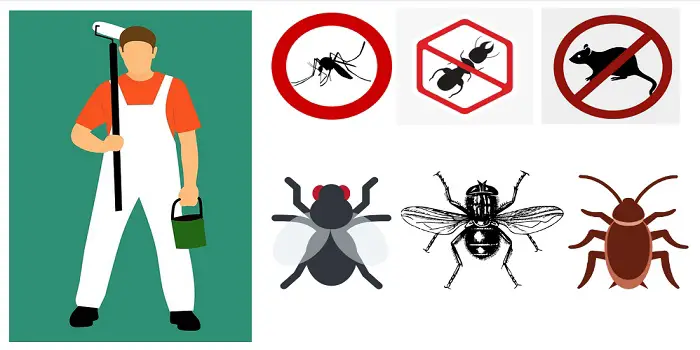
Painting and treating your home for pests are two major home renovation projects that should be done with utmost care.
While both of them are equally important, the question is whether you should be performing pest control before or after painting your home.
While both of them are equally important, the question is whether you should be performing pest control before or after painting your home.
Well, the answer is straightforward in most cases, you should complete all your cleaning and painting jobs before treating the areas for pests.
Also, if you are planning to move into a new property, it’s best to have all the pest control processes completed after you have painted the property and before you move in.
But that’s not always true, as there can be pros and cons of both, i.e., when you are painting before pest control and when painting after pest control.
Paint Before Pest Control
Painting, staining, or polishing your wood floors (walls and ceilings) before pest control is beneficial because when these surfaces are exposed, they can absorb the insecticides like termiticide much better.
This also means that once you have painted the wood and walls, you can then proceed with spraying insecticides and fumigation.
This will not eliminate the effects of chemicals sprayed during the painting process.
Since insects like wasps, bedbugs, etc., can not withstand the smell of paint and sprays, they will most likely move themselves to some other safer place when they come in contact with the treated areas.
For better results, you can use specialized bug-repellant paints and paint additives for repelling termites, bed bugs, and other insects.
These paint additives come with a repulsive odor that helps in keeping the pests away from your property.
Painting After Pest Control
Many people prefer repairing, cleaning, and painting the interiors and exteriors of their homes after they have treated them for pests.
Pest control experts recommend using this strategy, especially when you are fumigating the wood floors, furniture, and other surfaces for termites.
They also recommend installing your engineered wood floors, vinyl floors, or rain gutters after pest control, as most of these installations use adhesive products that need enough curing time.
The reason is – termite fumigants tend to draw moisture out of the surfaces because these are usually applied or introduced at cold temperatures.
While freshly applied paint may feel dry to the touch, most of them require at least five days to cure and get dried completely.
Most vanish, stains or adhesives will also need proper time to set in properly.
If termite fumigation is done after painting, the moisture will be drawn away too quickly, which can then leave watermarks on the freshly painted surfaces.
Proper adhesion may also be compromised, which can lead to the peeling of paint quickly.
It’s, therefore, good NOT to schedule termite fumigation for at least five to seven days after you have painted, varnished, or stained the surfaces.
Does Paint Kill House Pests?
Paints won’t kill insects and other pests directly unless you are spraying solvents like paint thinners on them.
There are, however, paint colors that can help in keeping the pests away.
Color is more important than you might think, especially in how it affects pests.
You may be surprised to learn that color plays a stronger role in leaving its effect on our emotional state.
While humans have managed to assign colors certain meanings, such as red meaning stop, and green meaning go when driving on roads, pests have a different way of evaluating color.
This means pests have a different way of seeing color than humans.
In fact, some pests, along with birds and some animals, can see beyond the red, green, and blue that are most prominent in the environment.
Some can see into the ultraviolet or UV spectrum, allowing them to avoid danger or find mates in the darkness.
Can You Mix Insecticide in Paint?
Yes, you can put insecticides in paint, provided the formula is EPA-registered.
The Environmental Protection Agency has registered several insecticides that can be added to paint to kill many insects.
These are completely safe for humans and pets and can be used for both interior and exterior purposes like painting furniture, stables, barns, exterior walls, etc.
To add insecticide to your paint, you can follow these steps…
- Wear protective clothing, eye protection, and a face mask
- Pour your oil-based or latex paint into a clean 5-gallon bucket
- Add insecticide to your paint (1 to 2 ounces of insecticide per gallon of paint)
- Mix them thoroughly with a paint stirrer or a wooden stick and apply them using a brush, roller, or sprayer
While applying paint to the surface, make sure you stir it occasionally to avoid the pigments and insecticides from settling at the bottom of the bucket.
Also, if you have to use large quantities of paint, mix smaller quantities, particularly the amount which you will use within two to three hours.
Insecticides, when mixed in the paint, will tend to lose their effectiveness if left unused for long periods.
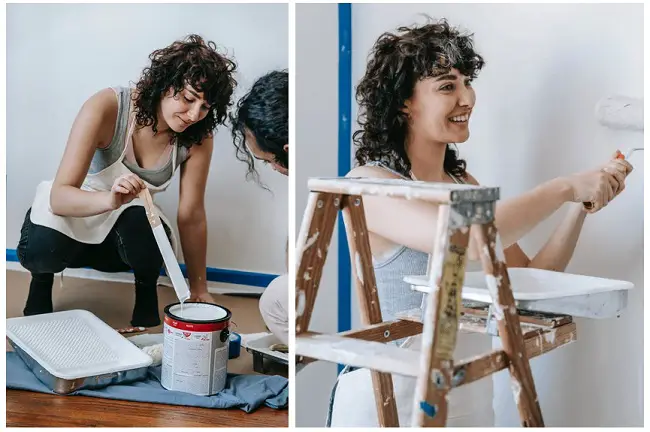
What Paint Colors Do Repel the Pests?
When painting your home, the color you use can strongly affect pests.
What follows are some of the more common colors used and their effect.
1- Blue:
Blue is a color not seen in the UV spectrum and, therefore, will have little effect on drawing in pests.
However, haint blue is a color that may repel certain insects (like wasps, termites, bed bugs, etc.), so you may want to consider it for the exterior of your home.
2- Green:
This is a color not seen by most pests as it does not appear in the UV spectrum.
So, while it will not repel pests, it will not attract them either.
3- White:
The most common choice for interiors is a color that most insects do not see or register.
For exteriors, the reflective qualities of white can often repel birds which makes them less likely to nest in the spaces along with your home.
What Paint Colors Attract the Insects?
Some colors attract pests, so you will want to avoid them.
The three most common are as follows.
1- Brown:
If you do not like mosquitoes, then do not paint your home brown.
This is because mosquitoes are attracted to darker colors as they associate that with food, namely, you and your family.
So, do not use brown on the exterior.
2- Orange:
The color orange tends to resemble flowers which not only attract insects and birds as well.
It is why you see very few homes painted orange.
3- Pink:
Pink is another color that many insects and birds associate with flowers, so you’ll want to avoid this as the exterior color of your home.
What about Yellow?
If there is one color that both attracts and repels insects and birds, it is yellow.
Mosquitoes and flies do not like yellow and tend to stay away.
However, bees and birds are attracted to the color, which makes it less desirable to use as the exterior paint for your home.
The Conclusion
While it’s good to clean and paint your home before calling pest control professionals, there are instances when painting after fumigation can be beneficial.
Also, because paint color does influence pests, knowing which ones to use in the home can help reduce their population or keep them from entering.
Basically, you’ll want to use the right colors designed to repel pests or at least not attract them to your home. Plus, you can also use paint colors that help highlight the presence of pests so you can spot and eliminate them faster.
Share the post "Should I Paint My Home Before or After Pest Control?"

Welcome to ProShieldPest.com. I am Tina Jones. I have been working as a pest removal professional in Winslow, Arizona lately. At present, I love to spend my time with my family as a retiree.
Here I share all my knowledge and experiences to help people understand better how they can stop pests at their homes without actually killing them. Hopefully, the information you will find here will help in safeguarding your home! You can check more about me here.


